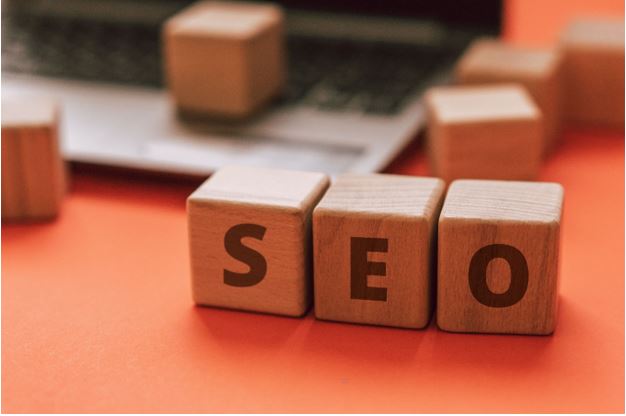6 Important Image SEO Tips
SEO or Search Engine Optimization is a vast field that encompasses not just the text on your website but also a lot of other aspects. These factors include the website load speed, response time, aesthetics, interface, and image optimization. Many website owners fail to recognize the fact that visual media also impacts SEO. Therefore, paying attention to elements like the size, format, load speed, and alt-text of an image on a website is crucial. Google, which represents around 90% of the overall search engine market, rarely returns search results without an images tab. In fact, nearly 28% of all queries come back with images. Moreover, 63% of users who click on an image that Google provides as a response to their query actually visit the source site of that picture, too. With these statistics in mind, it becomes fairly clear why image SEO is just as crucial as text SEO. And in order to get it right, here are a few tips that can help:
1. Make sure there are no copyright infringements in your visuals
The first step in image SEO, naturally, is to ensure that your images are free from copyright restrictions. Using copyrighted images without proper permission can result in legal consequences and damage to your website’s reputation. In order to avoid dealing with any of this, opt for royalty-free images. These can be freely used without the fear of any violations of copyright laws. Images that are open-sourced are an excellent resource, providing you with a wide range of high-quality visuals to choose from that fit various niches and themes. By incorporating these images into your site, you not only eliminate exclusivity concerns but also contribute to your website’s overall SEO performance.
2. Choose the right format
The next factor in ensuring proper image SEO is to ensure that you are using the right format. The file type that you choose for your images can significantly impact your website’s loading speed, which, as discussed above, is a critical SEO factor. Images come in various formats, with JPEG, PNG, and GIF being the most common. Each format has its strengths and weaknesses, but as far as website SEO is concerned, PNG and JPEG are preferred. JPEG is great for photographs, PNG is ideal for images with transparency, and GIF is suitable for animations. To optimize the speed at which your website loads, choose the format that best suits the type of image you’re using. For instance, WebP format with lossy or lossless compression is the only image format that Firefox and Chrome both support.
3. Compress and optimize the image
Once you’ve picked the right format for the images on your site, you need to fix their respective sizes. Large image files can slow your website down, negatively affecting the user experience and your SEO ranking. Popular options include TinyPNG and JPEG Optimizer. These tools remove unnecessary data from the image file, making it smaller without noticeable quality loss. To put this point into perspective, numerous tests performed by independent analysts have shown that image compression can improve website load speeds by almost 10%.
4. Build something truly unique
Having spent a lot of time on website performance and load speeds, let’s focus on another image SEO element that can influence the ranking of your site. More specifically, user retention through value-added content. That same old boring layout with cliché information is never going to keep a user interested for long. If a lot of users are leaving your website within a few seconds, Google flags this as a sign that the platform is not offering value, thus dropping it down the rankings considerably. While user retention is not just due to images, visuals do play a considerable role in SEO. So, it is best to consider creating custom visuals that align with your brand’s identity and messaging. If creating entirely custom visuals isn’t an option, look for royalty-free images that you can modify and make your own.
5. Set SEO-compatible file names
Another factor that can influence image SEO is the name that you give to your image files. Therefore, instead of using generic file names like “image001.jpg,” be descriptive and use relevant keywords. For instance, if your image is about a tropical beach, name it something like “tropical-beach-paradise.jpg” instead. This makes it easier for search engines to understand the content of your images and improves your chances of ranking higher in searches. Be sure to use hyphens to separate words in file names, as Google recognizes them better than underscores or spaces.
6. Edit the image alt-text
Alt-text, or alternative text, is essential for both accessibility and SEO. It provides a text description of your images for those with visual impairments and helps search engines understand the content of your visuals. When adding alt-text, be concise and descriptive, using relevant keywords. For example, if your image is of a red apple, your alt-text could be “Red apple on a wooden table.” This not only assists visually impaired users but also improves your image’s chances of appearing in relevant search results.
Conclusion
Image SEO is a critical factor in the search engine ranking equation. Many businesses and websites think of SEO solely as being dependent on the written content that’s featured on their website. However, as Google’s algorithms have evolved, this is no longer the case. If you want to make sure you’re ranking as highly as possible in searches, you need to make sure your visuals are all SEO-friendly. This guide is the perfect way to get started with that.
Check Next >https://www.neoadviser.com/hiring-for-success/
